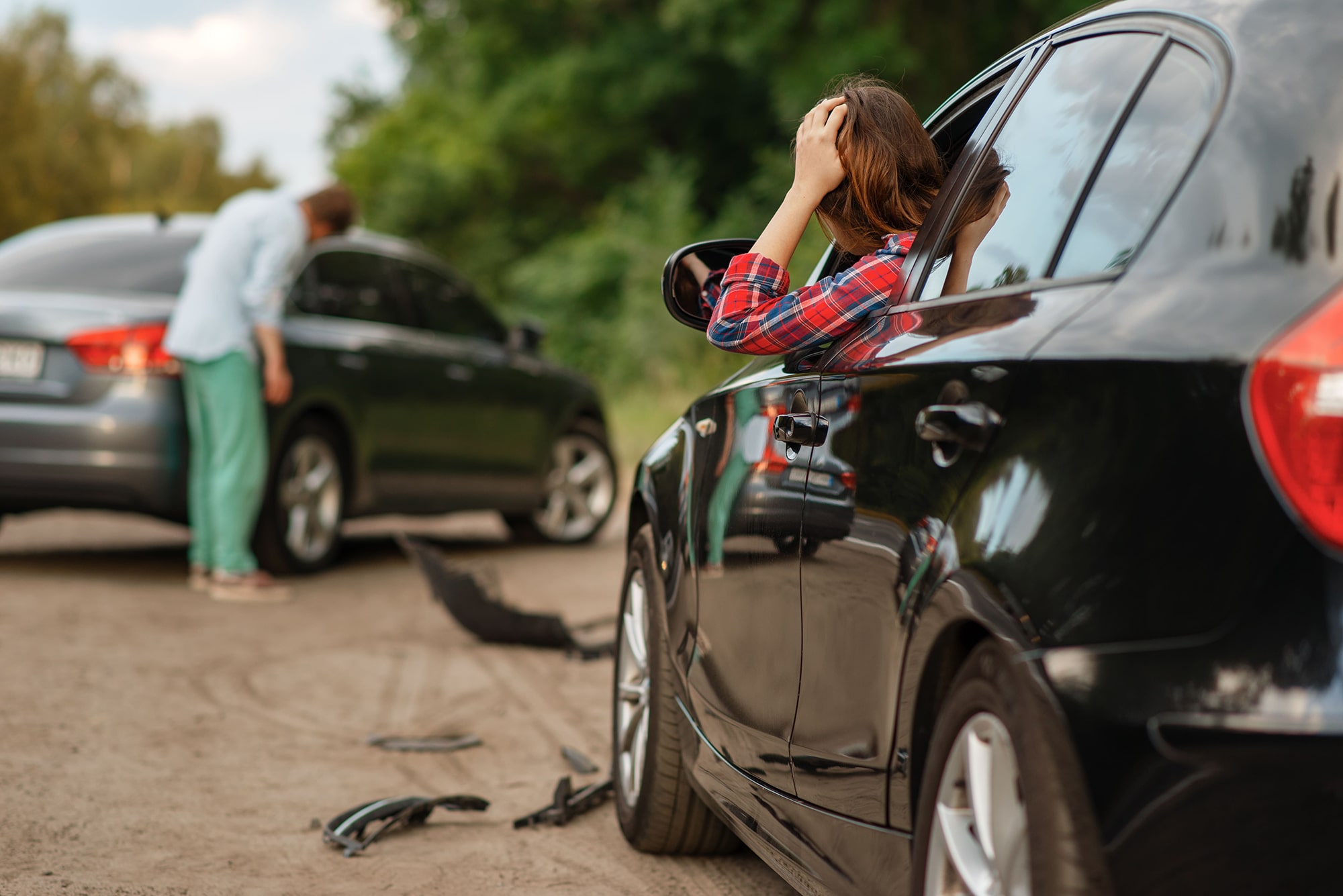Posted in Car accident
After a traffic collision, the steps you take can significantly affect the outcome of any legal proceedings or insurance claims that follow. Proper documentation of the accident scene is a foundational step in building a strong case. Attorneys like our friends at Mitchell & Danoff Law Firm, Inc can explain how well-documented evidence can streamline the resolution process and help establish the facts clearly.
Immediate Actions At The Scene
When involved in a traffic collision, safety is the first priority. Once you make sure that all parties are safe and emergency services are notified if needed, begin documenting the accident scene. Use your smartphone or camera to take comprehensive photos from multiple angles, capturing the positions of vehicles, visible damage, street signs, traffic signals, and any environmental conditions like ice or rain that may have contributed to the accident.
It’s also helpful to capture video footage if possible. A video can provide a dynamic view of the scene and capture details that photos might miss, such as the flow of traffic or the immediate reactions of witnesses.
Gathering Information From All Parties
Collecting accurate information from everyone involved in the collision is vital. Exchange names, contact information, insurance details, and vehicle information (make, model, and license plate number) with all drivers. If there are witnesses who are willing to provide details later, make sure to get their contact information as well.
If law enforcement arrives at the scene, note the officers’ names and badge numbers. Request a copy of the police report, or find out where and when you can obtain it. This report is a crucial piece of documentation that can lend authority to your account of the event.
Detailed Notes And Personal Account
While the details are fresh, write down your version of the events. Include the time of day, weather conditions, and any circumstances that may have contributed to the collision. This personal account can be very useful when you consult with your car accident lawyer, as it will help them understand the situation from your perspective.
Record any statements made by the other driver or witnesses. Sometimes, what is said at the accident scene can significantly impact the determination of fault.
Follow-Up Documentation
After the initial shock of the accident has worn off, continue to document the aftermath. Keep records of medical visits, treatments related to injuries from the accident, and any time taken off work. Also, retain receipts for expenses related to the accident, such as car repairs and rentals.
Photographs of injuries and their progression can also serve as compelling evidence. These follow-up documents create a more complete picture of the impact of the collision on your life, which is crucial during insurance negotiations or in court.
Why Proper Documentation Matters
Effective documentation does more than just record facts; it protects your rights. With comprehensive evidence, you can effectively support your claim for damages or defend against unfair claims of liability. Well-documented cases can lead to quicker, more favorable resolutions, whether in negotiations with insurance adjusters or in legal proceedings.
If you ever find yourself in a traffic collision, remember that the evidence you gather could be pivotal. Should you need legal guidance, documented facts will greatly assist your lawyer in advocating on your behalf. Properly documented evidence means that the truth of your experience is clearly represented, which paves the way for a just resolution.



